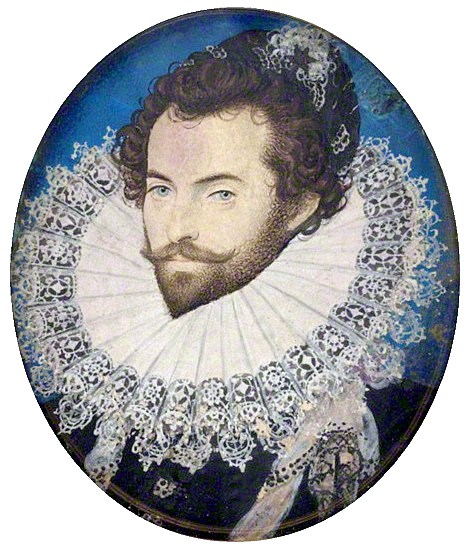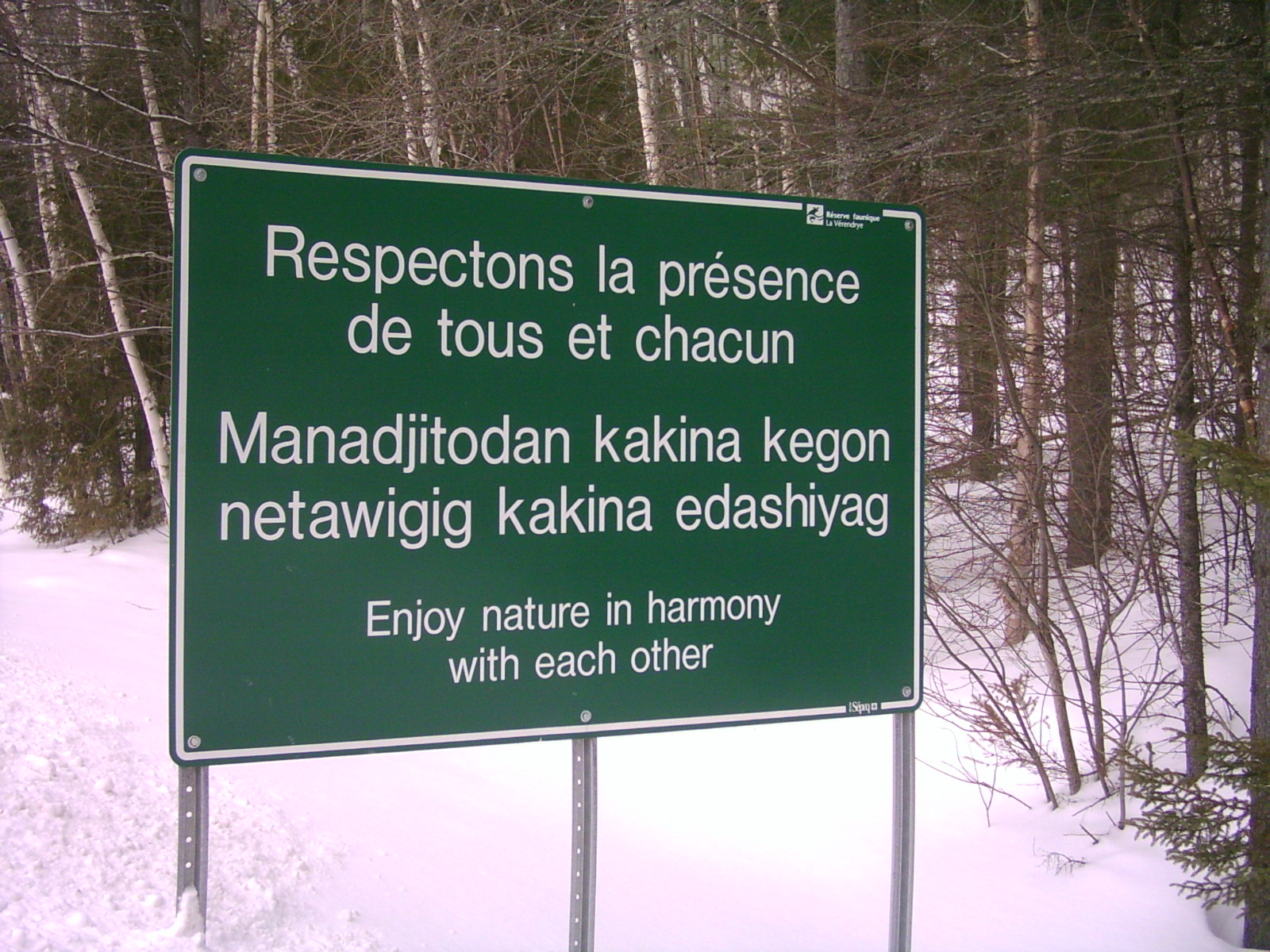|
Wanchese (chief)
Wanchese (fl. 1585–1587) was the last known ruler of the Roanoke Native American tribe encountered by English colonists of the Roanoke Colony in the late sixteenth century. Along with Chief Manteo, he travelled to London in 1584, where the two men created a sensation in the royal court. Hosted at Durham House by the explorer and courtier Sir Walter Raleigh, he and Manteo assisted the scientist Thomas Harriot with the job of deciphering and learning the Carolina Algonquian language. Unlike Manteo, Wanchese evinced little interest in learning English, and did not befriend his hosts, remaining suspicious of English motives in the New World. In April 1586, having returned to Roanoke, he finally ended his good relations with the English, leaving Manteo as the colonists' sole Indian ally. Roanoke people The Roanoac people were a Carolina Algonquian-speaking people whose territory comprised present-day Dare County, Roanoke Island, and part of the mainland at the time of English ... [...More Info...] [...Related Items...] OR: [Wikipedia] [Google] [Baidu] |
Roanoke People
The Roanoke (), also spelled Roanoac, were a Carolina Algonquian-speaking people whose territory comprised present-day Dare County, Roanoke Island, and part of the mainland at the time of English exploration and colonization. They were one of the numerous Carolina Algonquian tribes, which may have numbered 5,000 to 10,000 people in total in eastern North Carolina at the time of English encounter."Indian Towns and Buildings of Eastern North Carolina" ''Fort Raleigh National Historic Site'', National Park Service, 2008, accessed 24 April 2010 The last of the Roanoke was believed to be [...More Info...] [...Related Items...] OR: [Wikipedia] [Google] [Baidu] |
Croatan
The Croatan were a small Native Americans in the United States, Native American ethnic group living in the coastal areas of what is now North Carolina. They might have been a branch of the larger Roanoke (tribe), Roanoke people or allied with them. The Croatan lived in current Dare County, North Carolina, Dare County, an area encompassing the Alligator River (North Carolina), Alligator River, Croatan Sound, Roanoke Island, Ocracoke Island, and parts of the Outer Banks, including Hatteras Island. The Croatan people who exist today live predominantly in Cumberland County, North Carolina, Cumberland, Sampson County, North Carolina, Sampson, and Harnett County, North Carolina, Harnett counties. The chiefs, called Weroance, werowances ("he who is rich"), each controlled up to 18 towns. The greatest were able to muster 700 or 800 fighting men. Chiefs and their families were held in great status and received respect, but they were not all-powerful. To pursue a collective goal, chiefs h ... [...More Info...] [...Related Items...] OR: [Wikipedia] [Google] [Baidu] |
Wanchese, North Carolina
Wanchese ( ) is a census-designated place (CDP) on Roanoke Island in Dare County, North Carolina, United States. It was named after Wanchese, the last known ruler of the Roanoke Native American tribe encountered by English colonists in the sixteenth century. The population was 1,642 at the 2010 census. Today, Wanchese is the center of commercial fishing and boatbuilding on the Outer Banks. The residents of Wanchese are governed by the Dare County Board of Commissioners. Wanchese is part of District 1, along with Manteo, Roanoke Island and Manns Harbor. Geography Wanchese is located at , and on the southern end of Roanoke Island. According to the United States, the CDP has a total area of , of which is land and (14.26%) is water. History ''Also see: History of Roanoke Island'' Archeological evidence shows that Wanchese was the site of the first fishing village on Roanoke Island. Indigenous people inhabited the area 1500 years ago, and their various cultures us ... [...More Info...] [...Related Items...] OR: [Wikipedia] [Google] [Baidu] |
England
England is a Countries of the United Kingdom, country that is part of the United Kingdom. It is located on the island of Great Britain, of which it covers about 62%, and List of islands of England, more than 100 smaller adjacent islands. It shares Anglo-Scottish border, a land border with Scotland to the north and England–Wales border, another land border with Wales to the west, and is otherwise surrounded by the North Sea to the east, the English Channel to the south, the Celtic Sea to the south-west, and the Irish Sea to the west. Continental Europe lies to the south-east, and Ireland to the west. At the 2021 United Kingdom census, 2021 census, the population was 56,490,048. London is both List of urban areas in the United Kingdom, the largest city and the Capital city, capital. The area now called England was first inhabited by modern humans during the Upper Paleolithic. It takes its name from the Angles (tribe), Angles, a Germanic peoples, Germanic tribe who settled du ... [...More Info...] [...Related Items...] OR: [Wikipedia] [Google] [Baidu] |
Wingina
Wingina ( – 1 June 1586), also known as Pemisapan, was a Secotan weroance who was the first Native American leader to be encountered by English colonists in North America. During the late 16th century, English explorers British colonization of the Americas">English colonists in North America. During the late 16th century, English explorers Philip Amadas and Arthur Barlowe">Philip Amadas">British colonization of the Americas">English colonists in North America. During the late 16th century, English explorers Philip Amadas and Arthur Barlowe explored the region inhabited by Wingina and his people, detailing conflicts between Wingina's tribe, the Secotan and a rival tribe known as the Neusiok. Because of British colonization of the Americas, English colonization of the region, relations between the colonists and the Secotan quickly broke down. On 1 June 1586, in an effort to gain more stocks of food for the colony, Sir Ralph Lane led an attack on the Secotan; Wingina was deca ... [...More Info...] [...Related Items...] OR: [Wikipedia] [Google] [Baidu] |
Richard Grenville
Sir Richard Grenville ( – ), also spelt Greynvile, Greeneville, and Greenfield, was an English privateer and explorer. Grenville was lord of the manors of Stowe, Cornwall and Bideford, Devon. He subsequently participated in the plantations of Ireland specifically the Munster plantations, the English colonisation of the Americas and the repulse of the Spanish Armada. Grenville also served as Member of Parliament for Cornwall, High Sheriff for County Cork and Sheriff of Cornwall. In 1591, Grenville died at the battle of Flores fighting against an overwhelmingly larger Spanish fleet near the Azores. He and his crew on board the galleon fought against the 53-strong Spanish fleet to allow the other English ships to escape. Grenville was the grandfather of Sir Bevil Grenville, a prominent military officer during the English Civil War. Origins Richard Grenville was the eldest son and heir of Sir Roger Grenville (d. 1545), who was captain of when she sank in Portsmouth ... [...More Info...] [...Related Items...] OR: [Wikipedia] [Google] [Baidu] |
Algonquin Language
Algonquin (also spelled Algonkin; in Algonquin: or ) is either a distinct Algonquian languages, Algonquian language closely related to the Ojibwe language or a particularly divergent Ojibwe language dialects, Ojibwe dialect. It is spoken, alongside French language, French and to some extent English language, English, by the Algonquin people, Algonquin First Nations in Canada, First Nations of Quebec and Ontario. As of 2006, there were 2,680 Algonquin speakers,. less than 10% of whom were monolingual. Algonquin is the language for which the entire Algonquian language subgroup is named; the similarity among the names often causes considerable confusion. Like many Native American languages, it is strongly verb-based, with most meaning being incorporation (linguistics), incorporated into verbs instead of using separate words for prepositions, tense, etc. Classification (Algonquin) is an Algonquian languages, Algonquian language, of the Algic family of languages, and is descende ... [...More Info...] [...Related Items...] OR: [Wikipedia] [Google] [Baidu] |
Durham House (London)
Durham House, also known as Durham Inn, was the historic London town house of the Bishop of Durham in the Strand. Its gardens descended to the River Thames. History Origins Bishop Thomas Hatfield built the opulent Durham House as a London residence in about 1345. It had a large chapel and a high-ceilinged great hall supported by marble pillars. On the Strand side its gatehouse led to a large courtyard. The hall and chapel faced the entrance, and private apartments overlooked the river. Accounts describe Durham House as a noble palace befitting a prince. King Henry IV, his son Henry, Prince of Wales (later Henry V), and their retinues stayed once at the residence. Tudor and Jacobean era While Durham House remained an episcopal palace, Catherine of Aragon lived as a virtual prisoner there between her marriages to Arthur, Prince of Wales and King Henry VIII. Eventually, Bishop Cuthbert Tunstall relinquished it to King Henry VIII, who contracted to give the bishop in return Col ... [...More Info...] [...Related Items...] OR: [Wikipedia] [Google] [Baidu] |
Phonetic Transcription
Phonetic transcription (also known as Phonetic script or Phonetic notation) is the visual representation of speech sounds (or ''phonetics'') by means of symbols. The most common type of phonetic transcription uses a phonetic alphabet, such as the International Phonetic Alphabet. Versus orthography The pronunciation of words in all languages changes over time. However, their written forms (orthography) are often not modified to take account of such changes, and do not accurately represent the pronunciation. Words borrowed from other languages may retain the spelling from the original language, which may have a different system of correspondences between written symbols and speech sounds. Pronunciation can also vary greatly among dialects of a language. Standard orthography in some languages, such as English language, English and Classical Tibetan, Tibetan, is often irregular and makes it difficult to predict pronunciation from spelling. For example, the words ''bough'', ''tough' ... [...More Info...] [...Related Items...] OR: [Wikipedia] [Google] [Baidu] |
Carolina Algonquian Language
Carolina Algonquian (also known as Pamlico, Croatoan) was an Algonquian language of the Eastern Algonquian subgroup formerly spoken in North Carolina, United States. Classification Carolina Algonquian forms a part of the same language group as Powhatan or ''Virginia Algonquian'', a similarly extinct language of the Eastern Algonquian subgroup of the Algonquian language family, itself a member of the Algic language family. Translation into English In 1584 Sir Walter Raleigh had dispatched the first of a number of expeditions to Roanoke Island to explore and eventually settle the New World. Early encounters with the natives were friendly, and, despite the difficulties in communication, the explorers were able to persuade "two of the savages, being men, whose names were Wanchese and Manteo" to accompany them on the return voyage to London, in order for the English people to report both the conditions of the New World that they had explored and what the usefulness of the terr ... [...More Info...] [...Related Items...] OR: [Wikipedia] [Google] [Baidu] |
New World
The term "New World" is used to describe the majority of lands of Earth's Western Hemisphere, particularly the Americas, and sometimes Oceania."America." ''The Oxford Companion to the English Language'' (). McArthur, Tom, ed., 1992. New York: Oxford University Press, p. 33: "[16c: from the feminine of ''Americus'', the Latinized first name of the explorer Amerigo Vespucci (1454–1512). The name ''America'' first appeared on a map in 1507 by the German cartographer Martin Waldseemüller, referring to the area now called Brazil]. Since the 16th century, the term "New World" has been used to describe the Western Hemisphere, often referred to as the Americas. Since the 18th century, it has come to represent the United States, which was initially colonial British America until it established independence following the American Revolutionary War. The second sense is now primary in English: ... However, the term is open to uncertainties: ..." The term arose in the early 16th ... [...More Info...] [...Related Items...] OR: [Wikipedia] [Google] [Baidu] |






